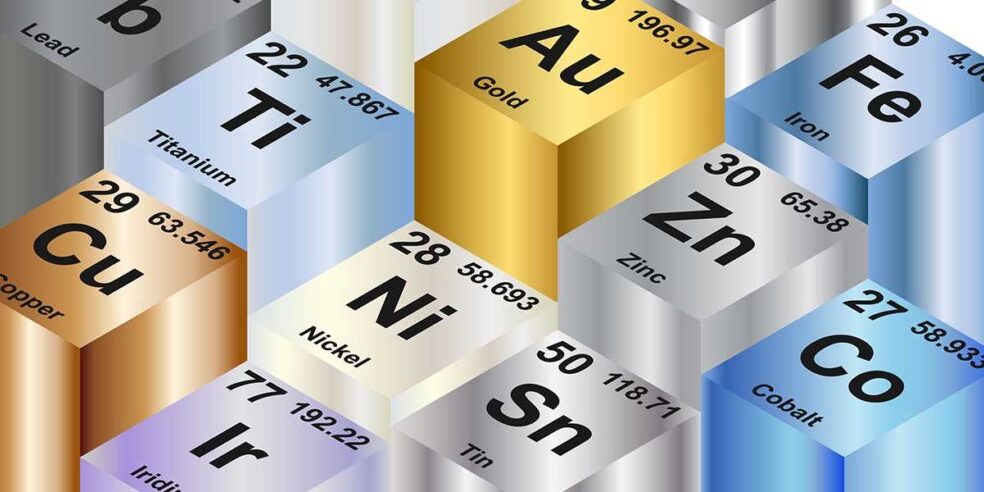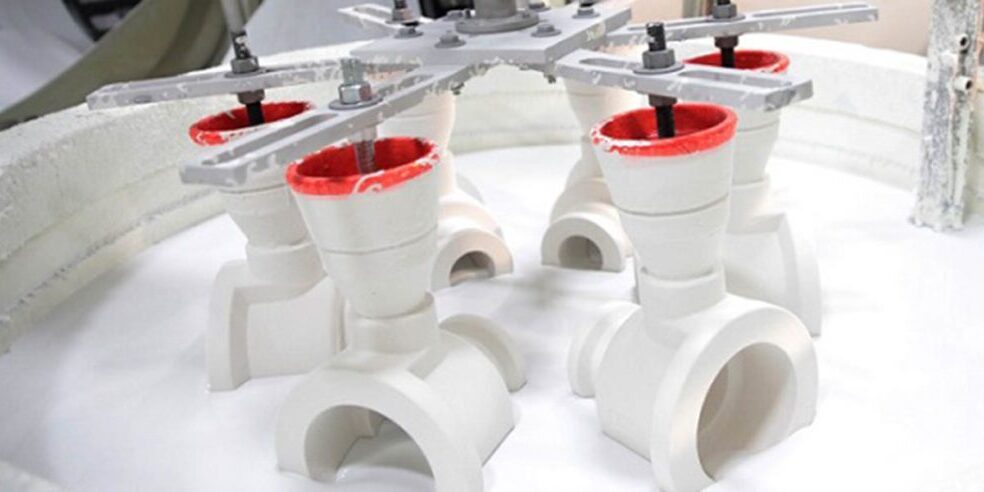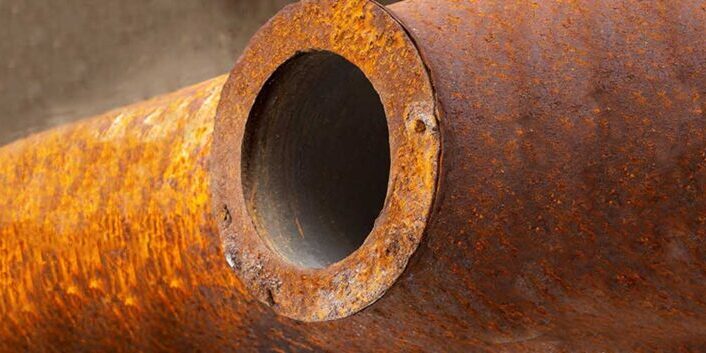Blog 3D Metal Printing and Metal Casting
By: Dave Kirmse
As 3D metal printing becomes more commercially viable, it is tempting to assume that it represents a direct and immediate threat to traditional metal casting processes. However, like any technology 3D printing has advantages and disadvantages compared to competing processes. This article reviews the advantages and disadvantages of using 3D printing to produce metal components compared to metal casting. It then explores how 3D printing can be used to complement traditional metal casting processes, resulting in a lesser need for tooling, lower costs, and reduced lead times.
First, we will review how 3D metal printing works.
How Does 3D Metal Printing Work?
3D metal printing (also referred to metal additive manufacturing) is the process of creating a three-dimensional object by layering fine metal powders. These powders are made from various alloys (e.g., stainless steels, vacuum melted alloys, and common engineering alloys). A laser continuously sinters these metal powders together until the model is complete. This overall concept remains the same whether direct metal laser sintering (DMLS), selective laser sintering (SLS), or another 3D metal printing process.
Advantages of 3D Metal Printing
There are three primary reasons to use 3D metal printing technology rather than metal casting to produce a metal component. These advantages must always be balanced against customer specifications and needs.
- Low volume: 3D metal printing can have cost advantages compared to metal castings for extremely low volume production (e.g., a one-off part).
- Complex geometry: small, complex shapes that are difficult and/or cost prohibitive to tool or machine as metal castings. This will reduce or even eliminate associated tooling costs.
- Lead times: 3D metal printed parts can generally be produced much more quickly than metal castings. Customer delivery can take place in as little as 10 days.
- Testing: 3D metal printing can quickly produce a prototype for customer review.
Note that 3D metal printed parts will have a different metal structure and mechanical properties compared to a metal casting, due to the layered nature of its production.
Disadvantages of 3D Metal Printing
There are currently a few primary disadvantages of 3D metal printing compared to metal casting.
- Cost: 3D metal printing can be expensive, from the cost of metal powder to machine time.
- Limited part size: 3D metal printing build envelopes are generally smaller than metal castings. Producing a 1,000-pound metal part using 3D metal printing is simply not possible under current conditions. Even parts around 100-pounds can be a significant challenge for current build envelopes.
- Limited high-volume production: 3D metal printing technology cannot produce extremely high volumes of metal parts quickly enough to meet customer expectations.
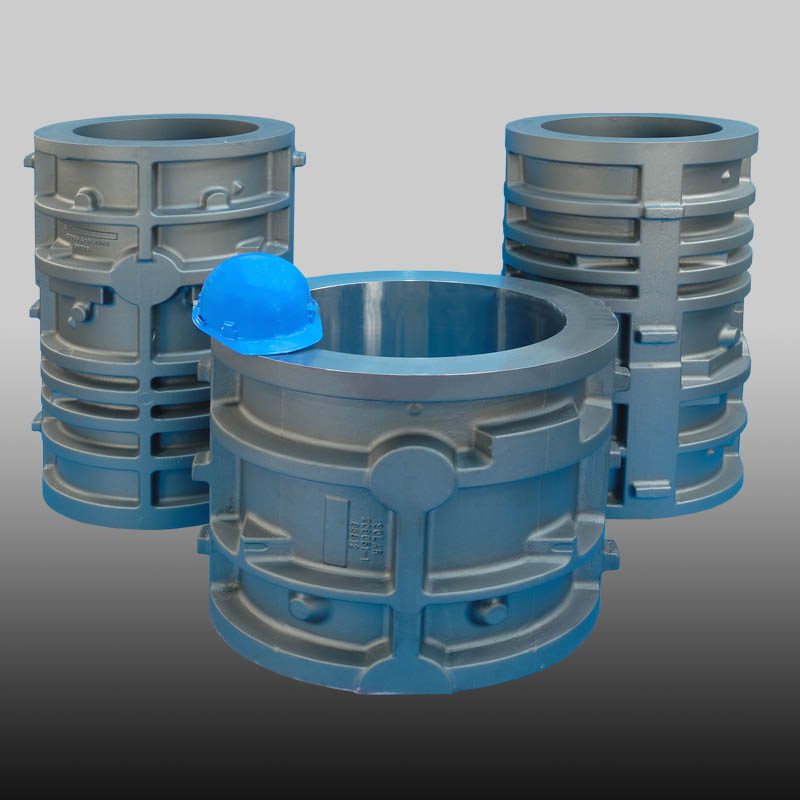
3D metal printing can make financial sense with sufficient scale to justify significant upfront investment. For example, some major U.S. manufacturers chose to invest heavily in 3D metal printing capabilities to:
- Lower tooling costs
- Produce geometrically complex parts
- Reduce/eliminate the need for machining
Reviewing the advantages and disadvantages of 3D printing begs a question: how does this affect metal casting? Investment castings and sand castings would likely be the first metal casting methods to feel the full commercial impact of 3D printing. Projects in the 5-to-10-pound range will presumably be the first to convert to 3D metal printing when it becomes scalable.
Can 3D Printing Complement Metal Casting?
As an alternative to 3D metal printing “rapid manufacturing” can be used to complement metal casting processes. With the use of rapid manufacturing, MetalTek can eliminate tooling, lower costs, and reduce lead times. In other words, 3D printing can improve the metal casting process.
Three popular 3D printing technologies used in conjunction with metal casting are highlighted below.
Fuse Deposition Modeling (FDM)
MetalTek’s Wisconsin Investcast Division uses fused deposition modeling (FDM) to support investment casting. Using FDM Wisconsin Investcast creates a plastic pattern that is then covered by multiple layers of ceramic slurry and a stucco material. A hardened shell forms and the plastic pattern is melted away, leaving a cavity into which liquid metal is poured to create the part. FDM therefore replaces the potentially expensive tooling that creates the wax pattern traditionally used in investment casting.
FDM also creates sand casting patterns for MetalTek’s Carondelet Division. For low volume, quick turnaround production runs, creating patterns using FDM can take a fraction of the time of creating patterns using traditional materials (typically hardwood, polyurethane, or another durable material).
Stereolithography Apparatus (SLA)
SLA is a 3D printing process involving curing photopolymer resins with ultraviolet light. Wisconsin Investcast also uses SLA to replace traditional wax patterns for the investment casting process. Patterns created by SLA are typically more dimensionally accurate than patterns created by FDM. This is critical for customers demanding extremely tight dimensional tolerances to their design.
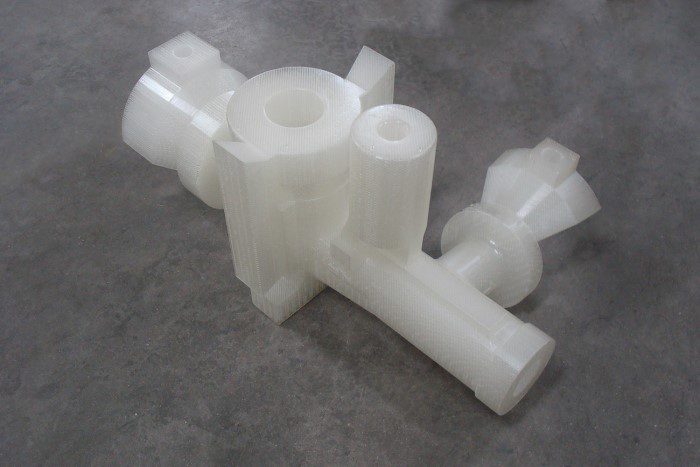
Rapid Sand Casting
Also referred to as rapid prototyping sand casting, this 3D printing method is used by Carondelet to quickly produce molds for sand casting. This process helps to reduce lead times compared to the traditional process of creating sand molds.
Contact us to learn more.
About the Author

Dave Kirmse is a Senior Manufacturing Engineer at MetalTek’s Wisconsin Centrifugal Division. He has over 40 years of manufacturing experience and previously served as Engineer Manager at MetalTek’s Wisconsin Investcast Division. Dave holds a BS in Mechanical Engineering from the University of Wisconsin–Platteville.

